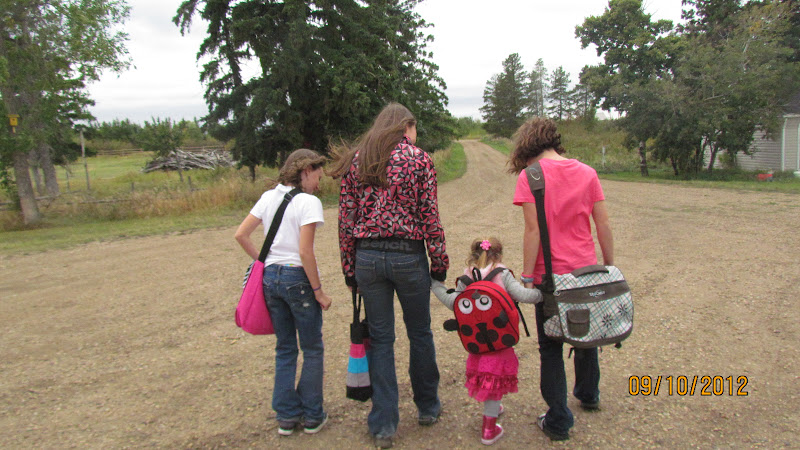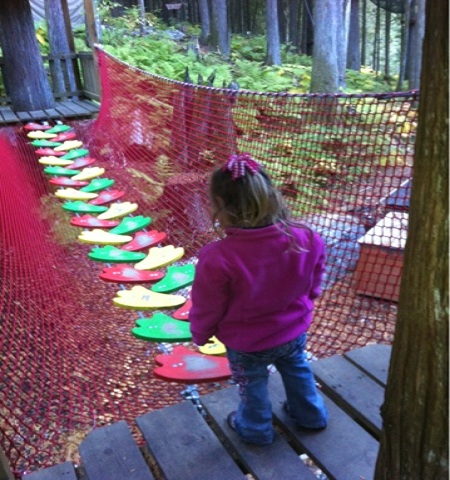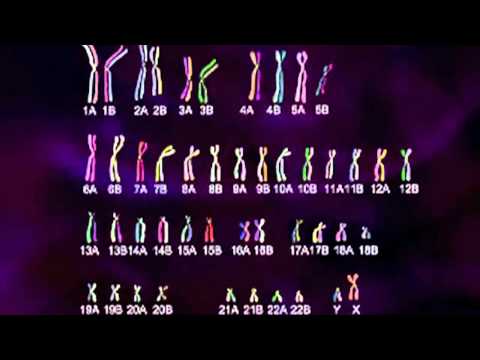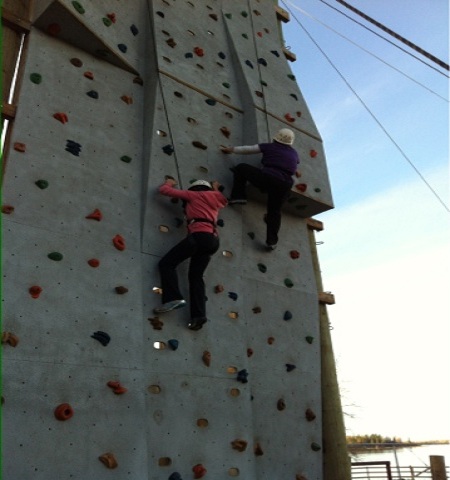Attention Parents: Real Advice from the Mother of a Special Needs Child
This week, Laura of Down Syndrome – Up Up Up and Away! is sharing her family’s story of life with Down syndrome (DS). DS can cause a range of physical and cognitive symptoms, including speech and language delays. Laura’s daughter K has Trisomy 21, which means that there is an extra copy of chromosome 21. Like other special needs children, K has more than proven that she can flourish with the proper therapies and treatments. Not only did K begin reading before she was 2 years old, she also began reading new books by the time she was 3 1/2. Laura also points out that for the typical special needs child, reading is a visual form of speech, and it can positively impact verbal communication.
SB: You’ve mentioned that K learned hundreds of signs with toddler sign language DVDs. Do you feel that signing words helped K to verbalize them later and how did you encourage this transition?
L: I think signing helped K to communicate before she was verbally able and therefore helped her realize she could communicate earlier. I do think this helped her become more verbal later as she was already practicing with a nonverbal means of speech.
For some background, we have four daughters and did not know about sign language for babies with the oldest two. Our first experience with sign language for babies came with our third daughter. The difference in frustration levels when it came to communication between our older two girls and youngest two was like night and day. If I had known about signing then I’m sure it would have made a huge difference with my older two. Although my older two daughters spoke well for their age, my third daughter, KJ, had an incredible vocabulary and spoke very well even at a very young age which convinced me that sign language was a good idea.
The transition from sign to speech for K was a gradual, natural transition that happened much the same way as it did with KJ. By the time she mastered a word, K dropped the sign. For a while, she communicated in a combination of word and sign before dropping sign completely at age 3 in favor of speech.
When signing we always spoke the word as well and once K was able to say a word verbally, we always asked her to use the spoken word too, rather than allowing her to rely on sign.
SB: K built up her vocabulary with flashcards and the Little Reader (for our readers, an electronic learning system). What other methods have you found useful for building K’s language skills?
L: The Little Reader program was one of several sight word reading programs that we used to help get our daughter started on reading. Because Little Reader is completely customizable, we were able to adapt it to suit K’s needs & interests. At the time my goal was to give her a bit of a head start so that she would be reading at about the same time as her typical peers. We never imagined that not only would she be able to read new stories by the time she was 3 1/2 years old, but that it would have a tremendous impact on her speech. Like most kids with Trisomy 21, K is a visual learner so reading is a visual method of teaching her to speak. We noticed very early on, even before K turned 2, that words she spoke while reading were much more clear than those spoken in everyday speech. K recently turned 5 and although it is less noticeable now, she still speaks more clearly while reading.
Another thing that I think was really important was that when K made sounds as a baby and later babbling or actual words, we tried to always pay attention, respond to her, and let her know that what she said was important.
With four girls in our home, it is always bustling and full of excitement. We are often out at various school, community, and sporting events so K always has something exciting and stimulating going on. I think that has really helped with her development as well.
One of K’s neurodevelopmental exercises is to work on her memory. The greater her working memory is, the greater her ability to put words and speech together.
We have also used an oral motor therapy program, as well as the methods of Dr. James McDonald.
SB: K loves to read now; you’ve even posted an adorable photo of her reading under the table. What advice would you give to parents who are struggling to not only teach reading, but to teach a love for reading?
L: I think the most important thing we did when K was little was not to test or demand anything from her. We consistently inputted new reading words and information but did not ask her to read them to us. At times it was so tempting to ask her to read to us but we were careful not to because we did not want to put any pressure on her. We do at times ask her to read now but still try not to put much pressure on her. Often we just take turns reading and will suggest it is her turn after we have read her a book.
When we did flashcards, we would show the flashcards very quickly and quit before she got tired of them. Because she never got bored of the cards, she was always excited to see them the next time.
We also try to have lots of books available that are on subjects K enjoys.
SB: K has three sisters. How have you explained K’s differences to them? Do they get involved with her speech therapy activities?
L: K has Trisomy 21, more commonly known as Down syndrome. We shared K’s diagnosis with our older three as soon as we found out. We wanted them to think of it as a pretty natural thing. Some babies have 46 chromosomes, some have 47. We didn’t want them to think it was a big deal or anything to worry about so we’ve always tried to be pretty open about it. I think it has also helped that we never bought into any of the stereotypical views that people with Trisomy 21 have a lot of limitations so they haven’t associated any negativity with the diagnosis. The other thing that I think was important was that we shared information that was at their level – we explained in a lot more detail to our then 8-and 10-year-old daughters than we did with the daughter who was 4 at the time.
We try not to ask the kids to help with actual therapy exercises too often, but we do ask for their cooperation in helping with her everyday speech. When she was little especially, we expected that they used clear, proper words when talking to her. We ask them to include her in conversations and give her time to respond. One of my pet peeves is when kids (or adults) talk like babies, so everyone always speaks to K with proper language.
SB: Can you talk a bit about K’s neurodevelopment program?
K’s neurodevelopmental program has been the single most helpful thing we have done. It has given us a clear plan with a schedule of activities to help her reach her full potential. The activities cover a wide variety of skills from physical to memory, reading, math, and vision. Many of the activities are aimed at helping K’s brain develop and organize to help her to learn and function better. One example of a milestone that was directly related to K’s neurodevelopmental program was learning to crawl at 8 months because of her crawling track – the average for kids with DS is 12 to 14 months.
Another example is learning to read. K first read her first commercial print story that she hadn’t seen before at 3 1/2 years and was just evaluated a couple of months after her fifth birthday with a reading vocabulary in the mid-to late-third grade level and reading comprehension at a mid-second grade level. Most importantly, K’s neurodevelopmental program has helped our family to realize that there are no limits on what K can achieve in life!
SB: After coming to terms with the diagnosis, parents of a special needs child do typically discover that when given the proper tools, their kids will continue to amaze them and exceed expectations. Be sure to check out the latest from Laura at her blog. Thanks so much, Laura, for sharing your family’s story and offering advice to our readers!






